Tree and Truss named structural system is a project that was recently led by the students of the Association School of Architecture. They have used the latest software tools and robotics to produce wooden structure elements. The project has been published as part of the school’s Design + Make 2022-24 cohort.
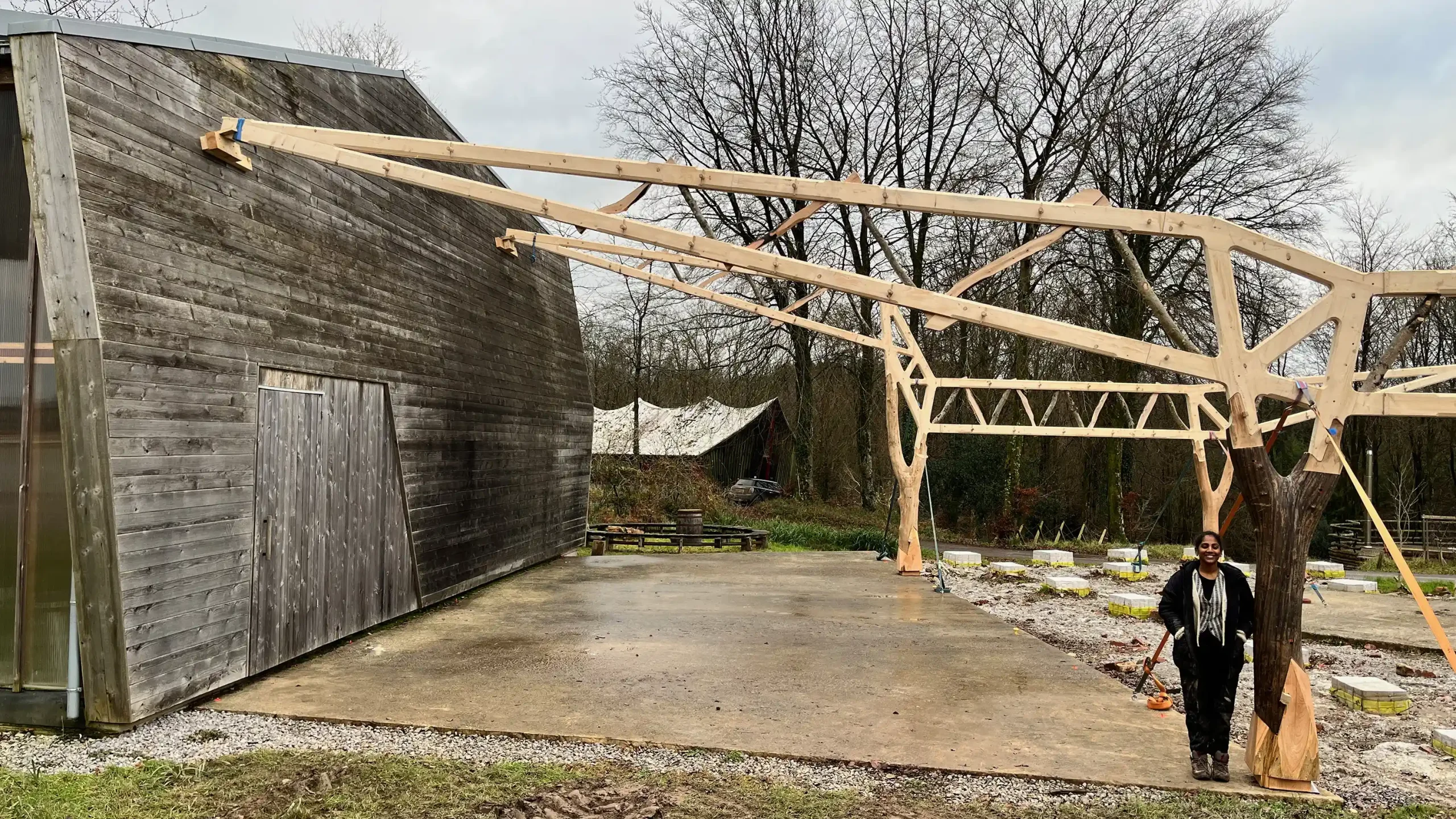
About the Project
The Tree and The Truss project is a locally sourced wood-only main structure for the school’s new auditorium in Hooke Park on the Woodland Campus.
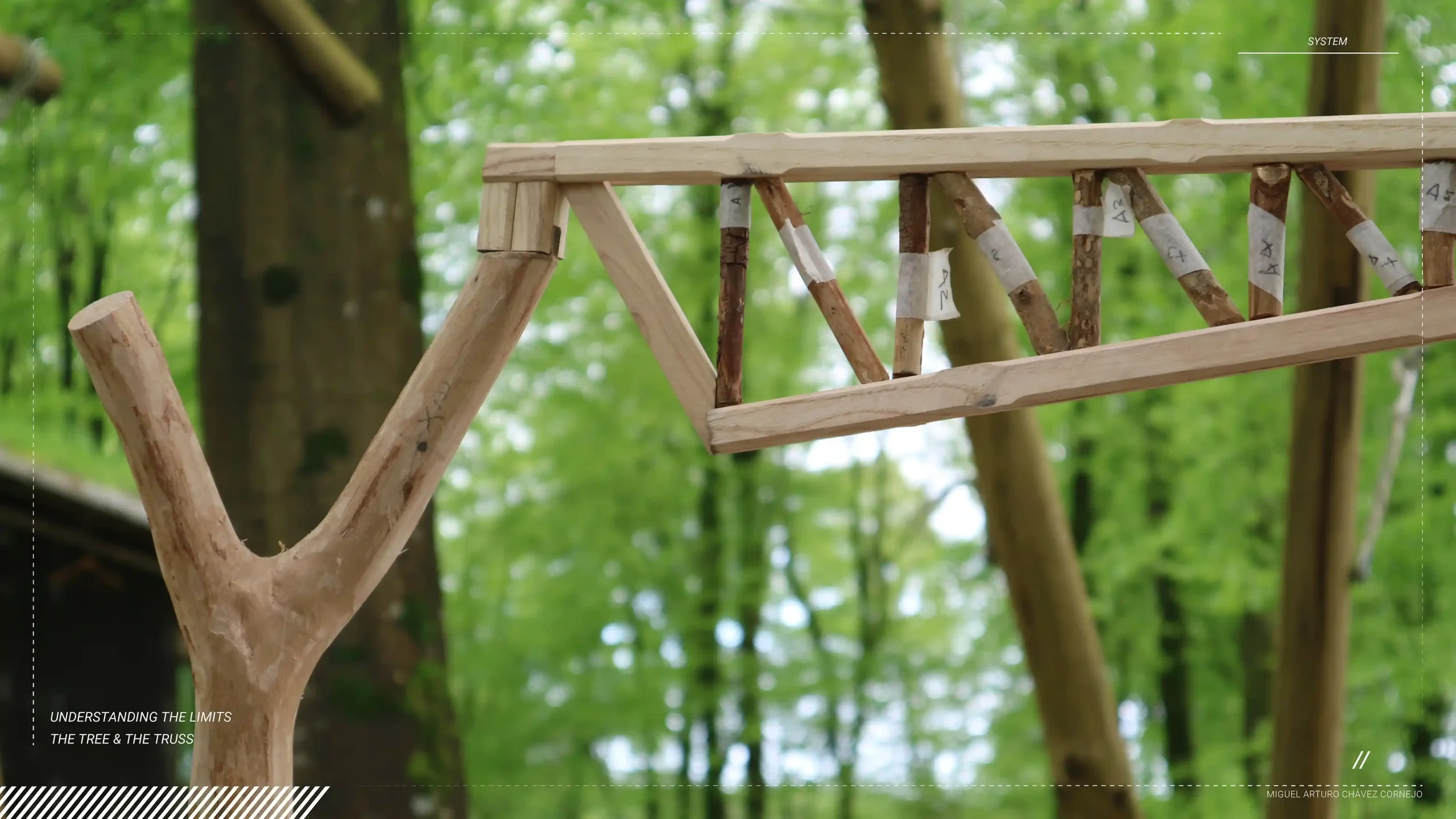
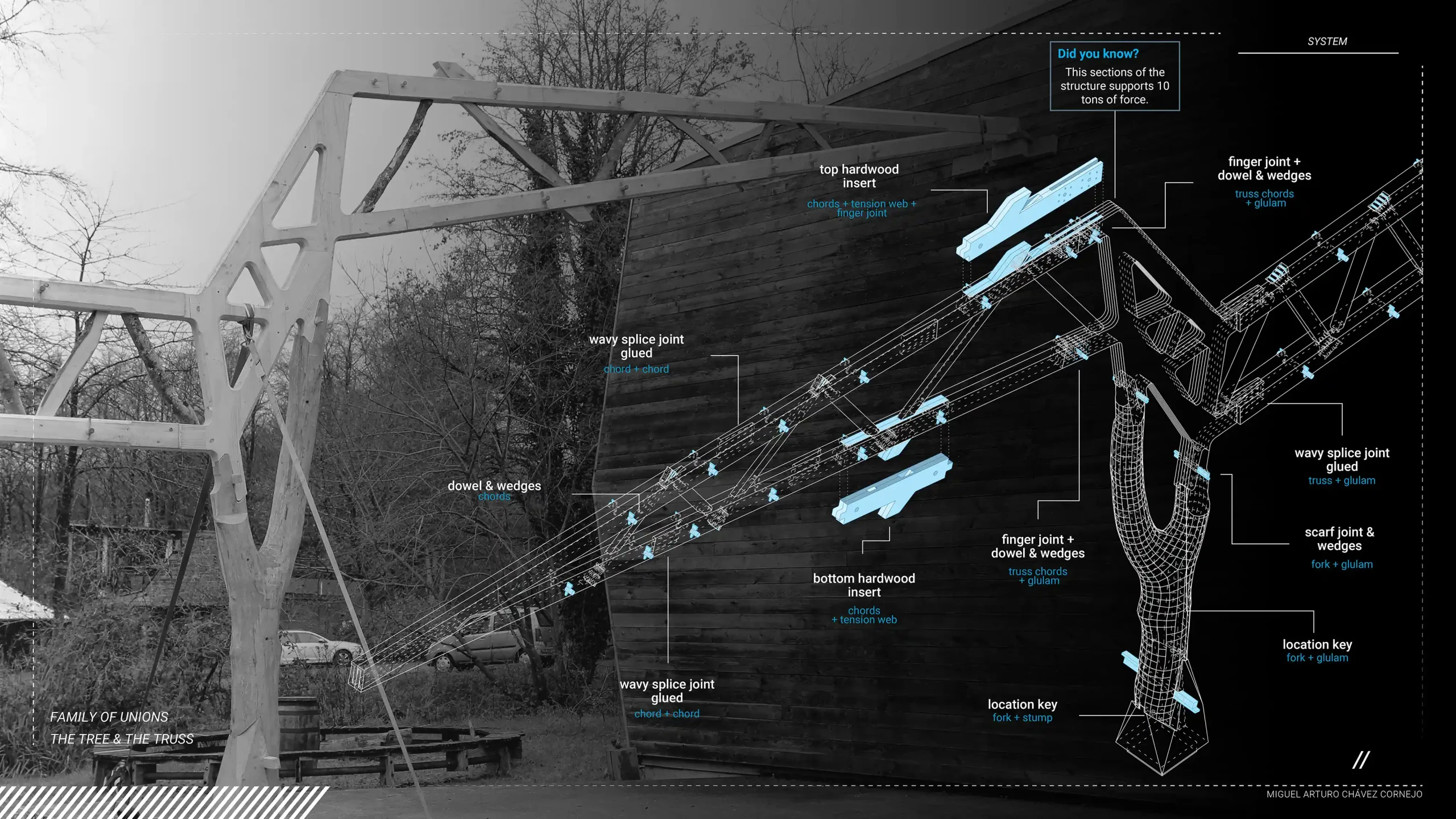
“The project explores a hybrid structure that seamlessly transitions from natural geometry to engineered timber and regards the tree as a column and the truss as a beam as the fundamental points of departure. We design through making and aim to work with the material behavior of timber.”
–designers
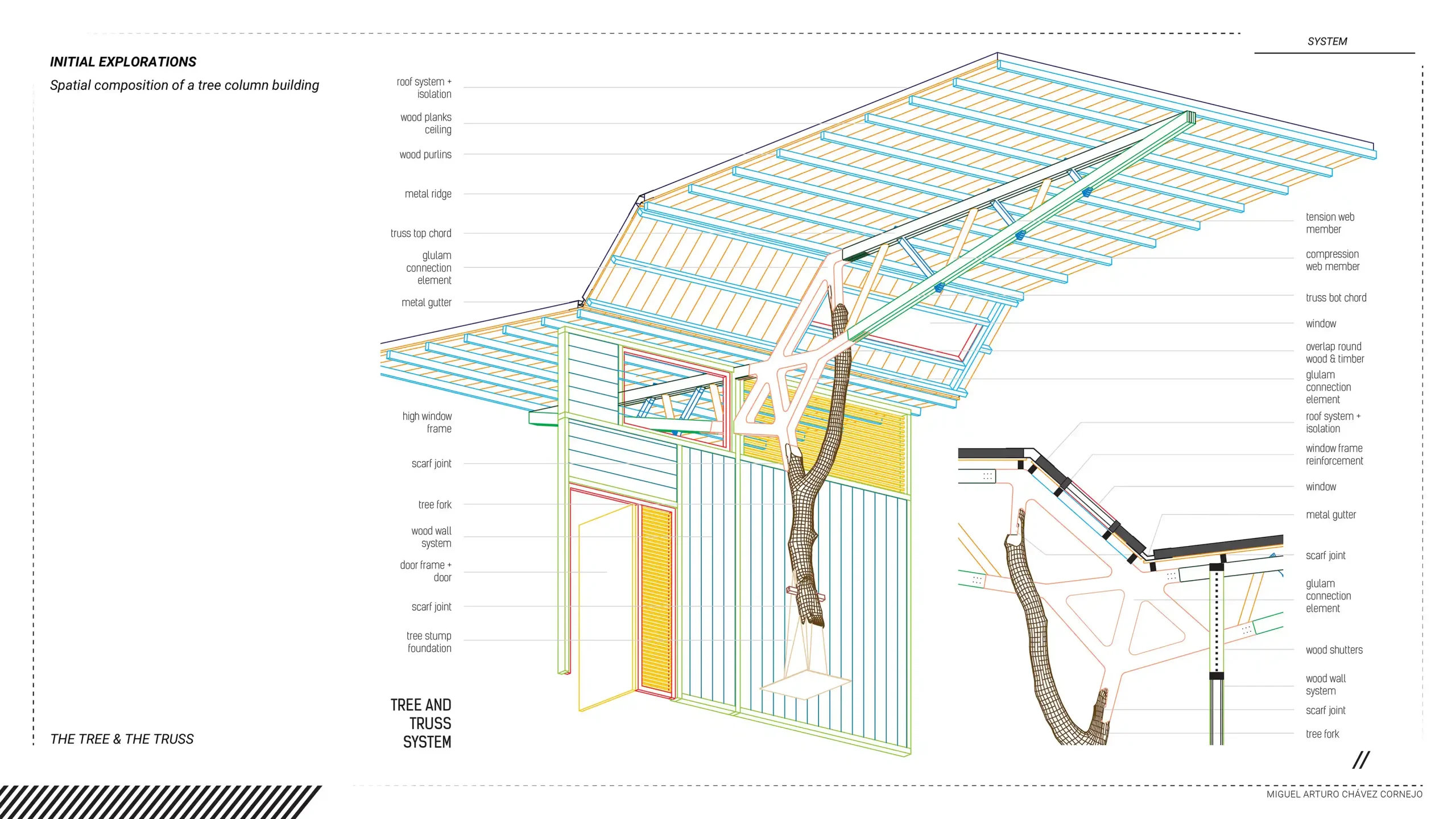
The design’s wooden structural system is built upon four essential components that showcase innovation and craftsmanship, as explained in the picture and the diagram below.
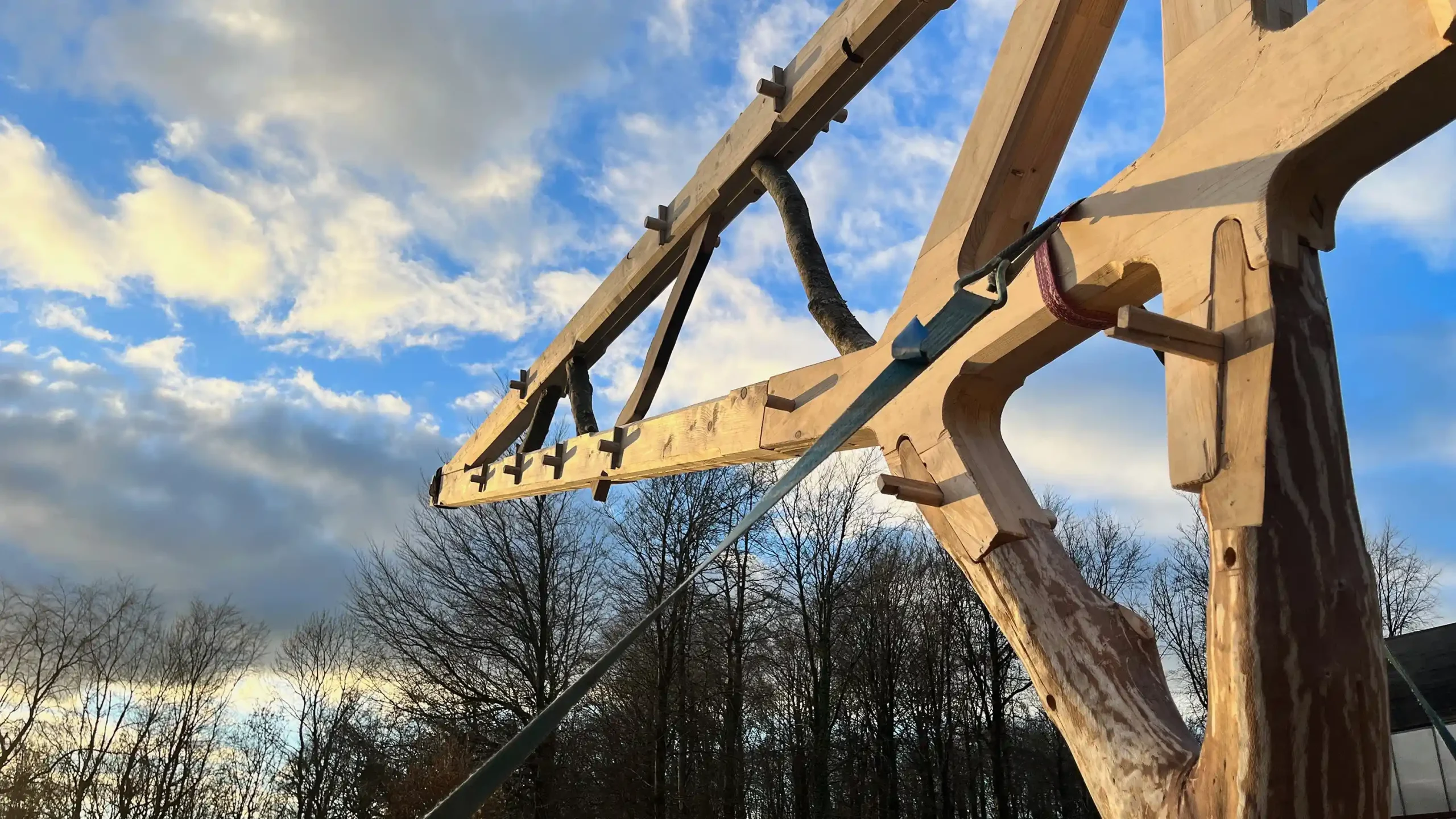
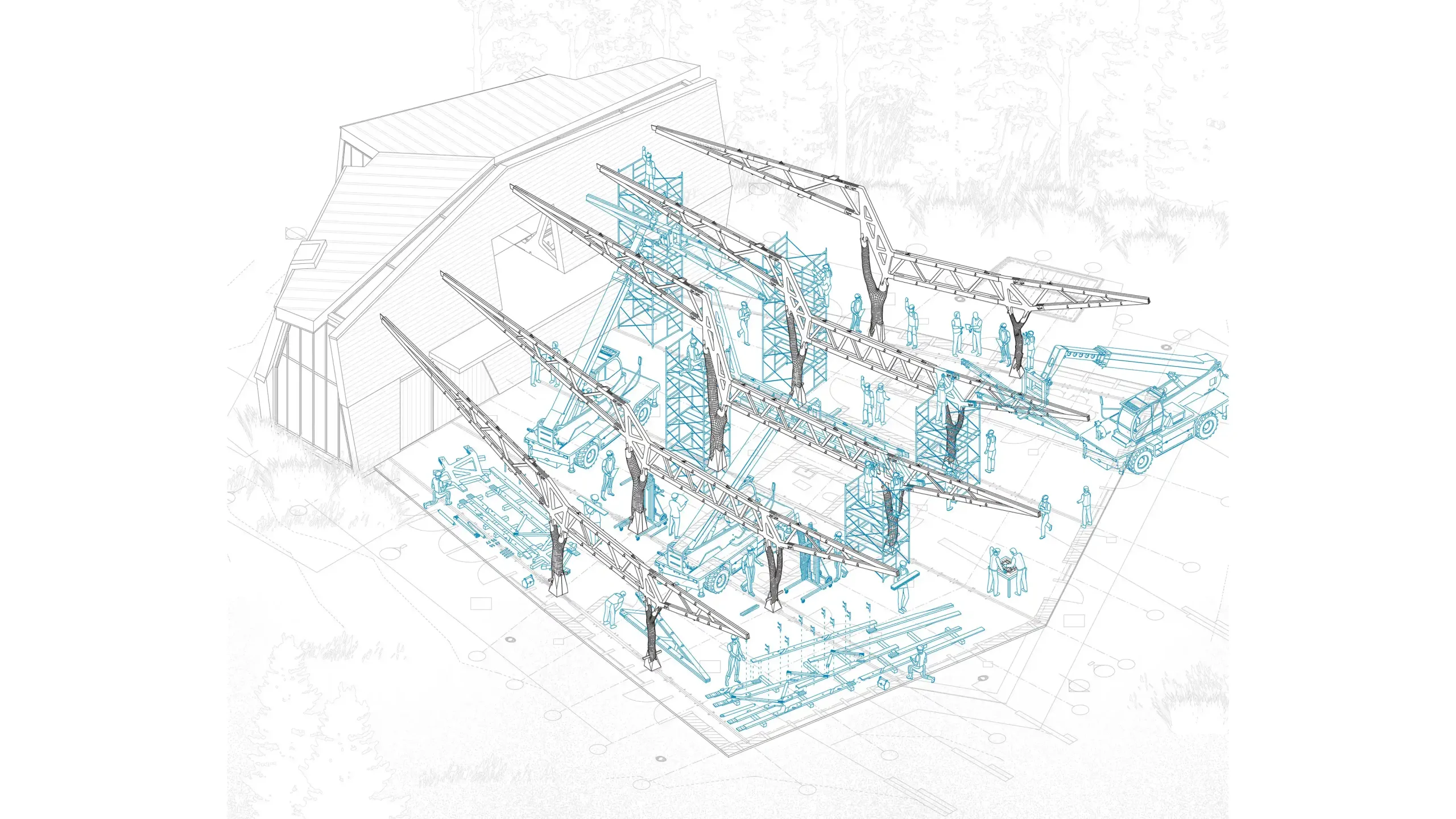
Cedar Foundation
Crafted from premium Western Red Cedar, the foundation leverages advanced robotics through chainsaw technology. This method incorporates meticulous research into various traditional Japanese scarf joints, enabling precise adjustments to the design’s geometry. The result is a foundation that aligns perfectly with the natural forces at play and optimizes the unique characteristics of the wood.
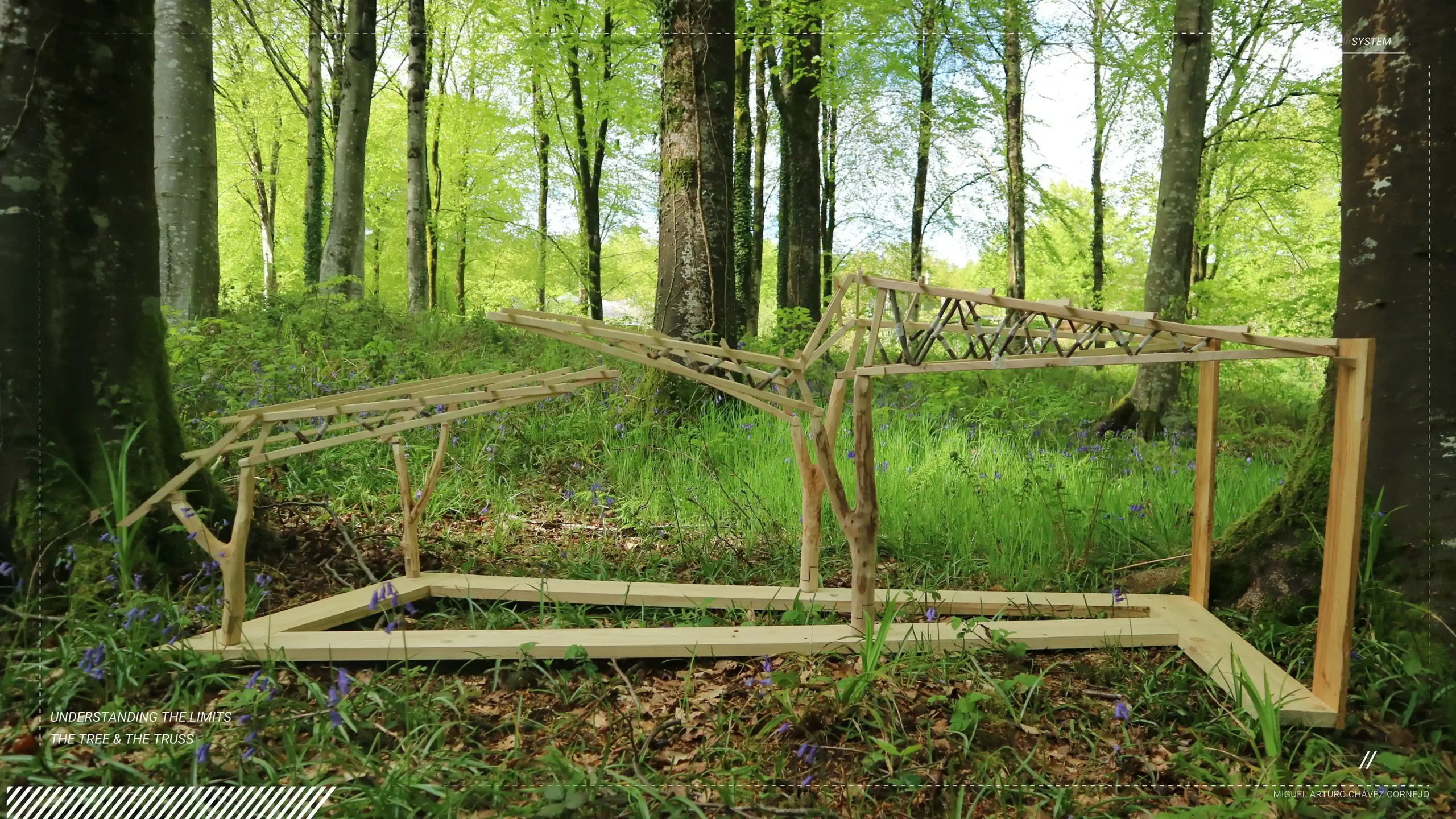
Tree Forks as Columns
Employing a fusion of robotic chainsaws and expert manual finishing, this approach emphasizes unparalleled flexibility and tolerance. It adeptly navigates the complexities of assembly, recognizing the distinct variances between the natural tree components and glulam connectors—ensuring seamless integration.
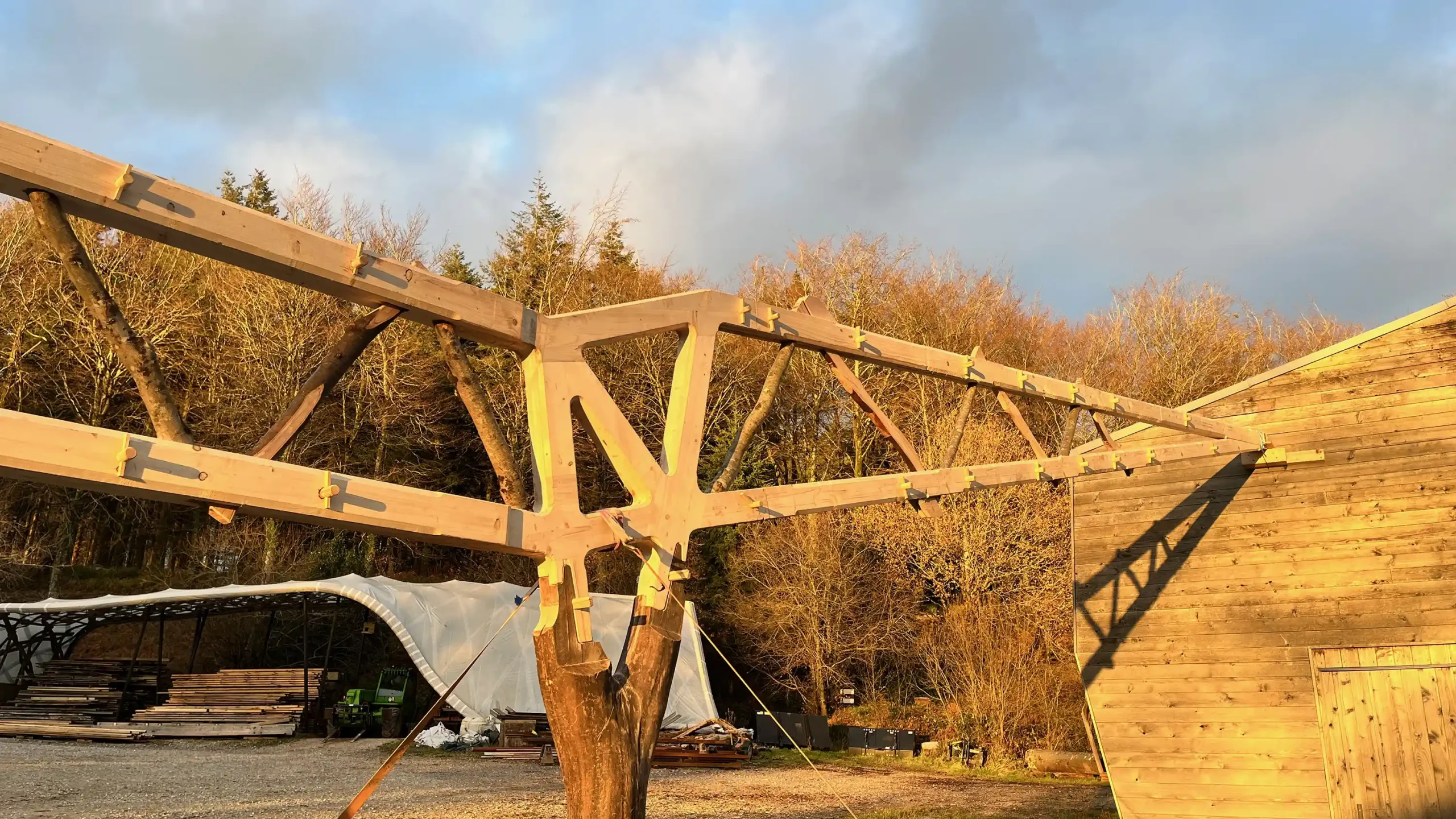
Glulam Connections
Tailored blanks, produced through sophisticated kiln techniques and advanced glue lam strategies, undergo precise CNC milling. This process creates a robust central node that effectively links the distinctive tree elements to the trusses, enhancing overall structural integrity.
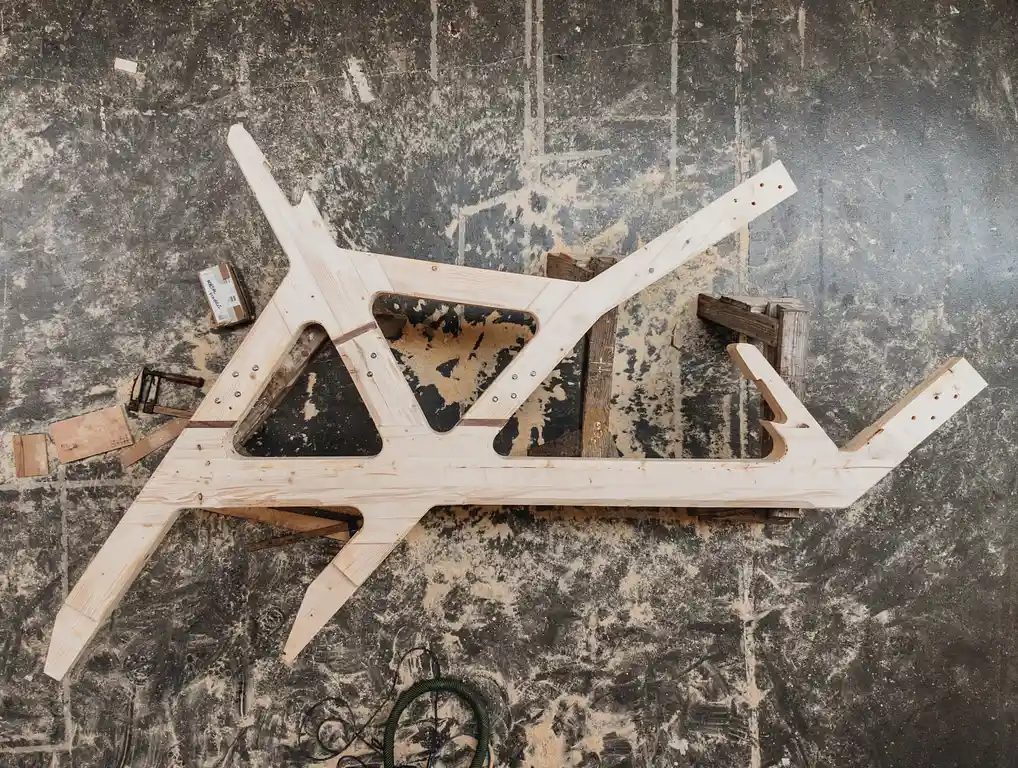
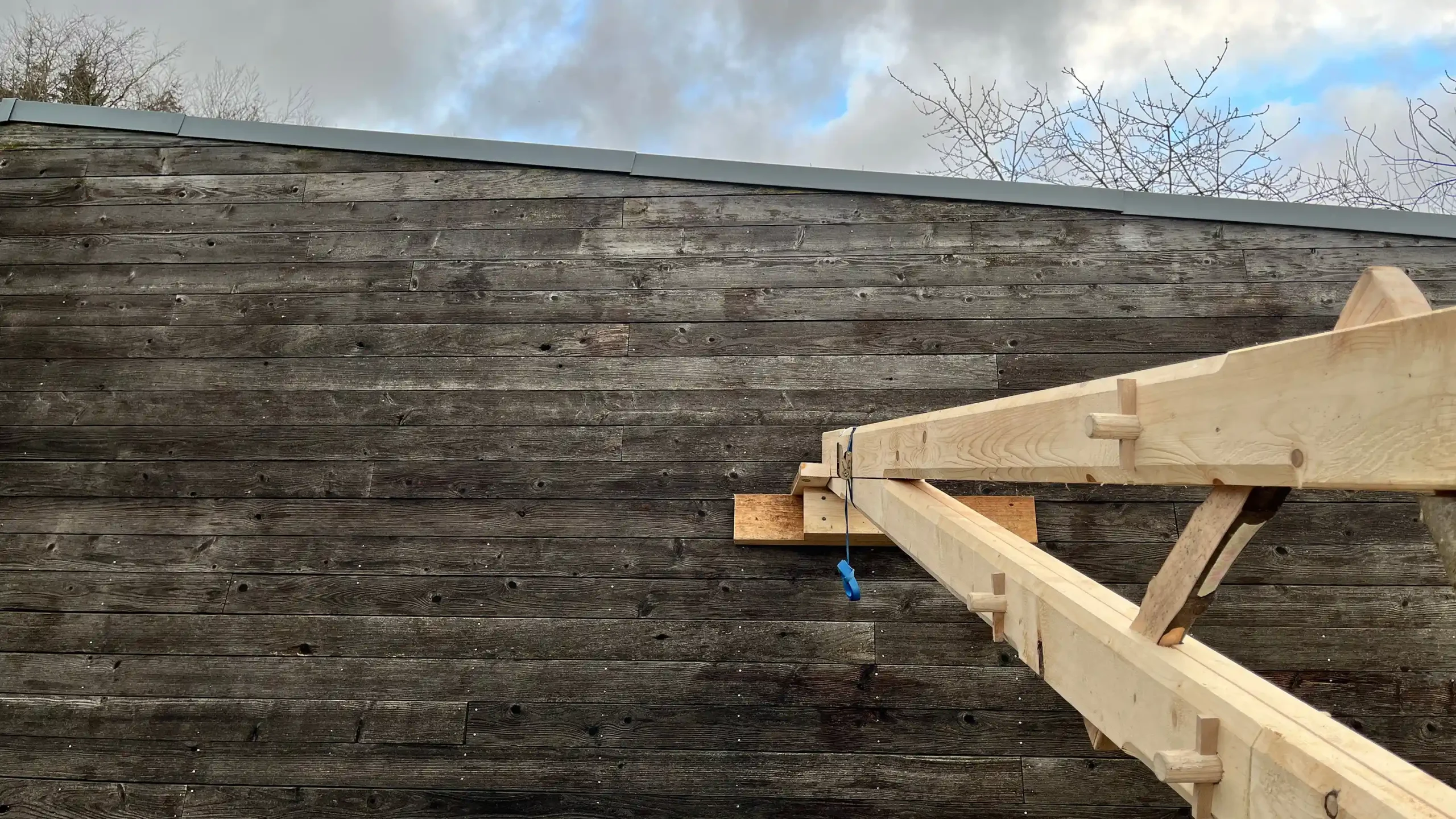
Trusses
These composite structures are ingeniously designed using small-diameter branches and engineered timber. Learning from the Field Station they re-introduced a new round wood compression-only component and developed the Panda Claw, a groundbreaking tension-only web member. This design enhancement refines construction and material application, yielding a highly engineered timber composite with a hardwood inlay to reinforce the softwood, combining strength with aesthetic appeal.
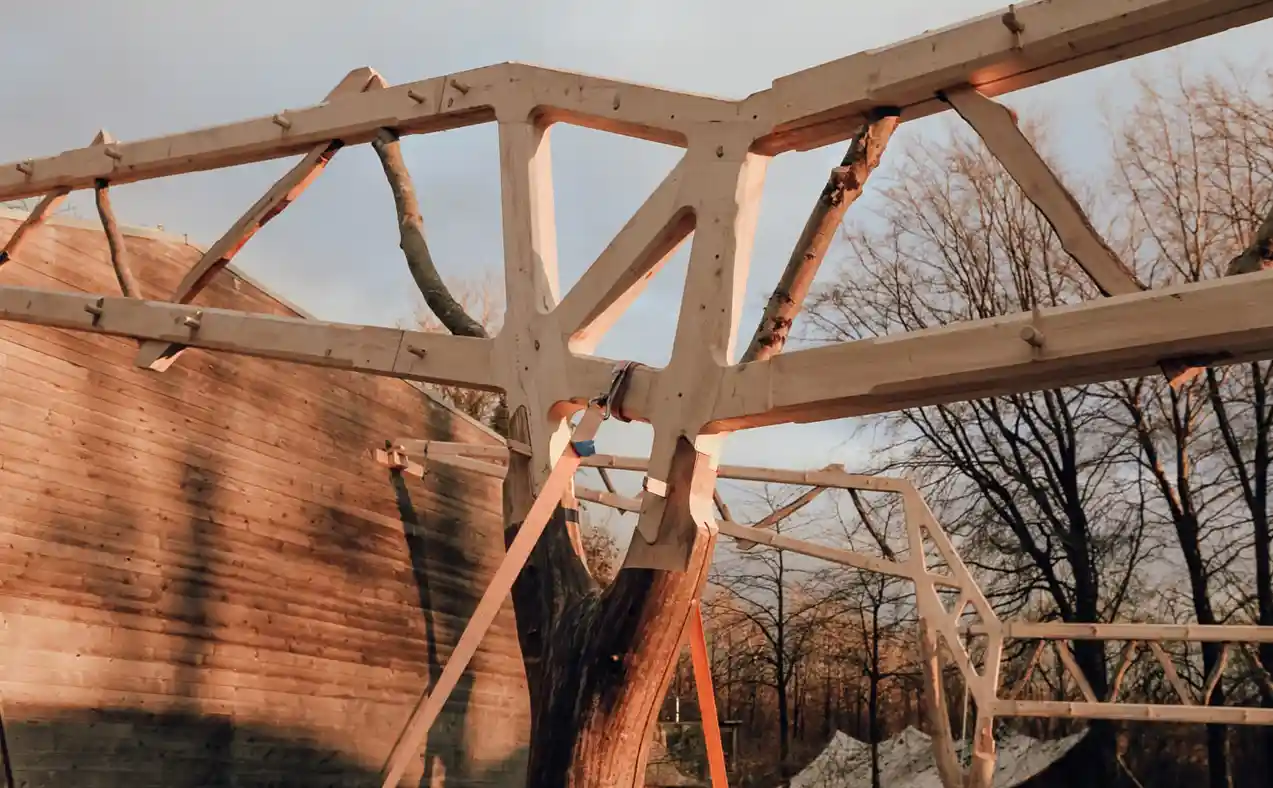
Learn with PAACADEMY: Check out the workshops at PAACADEMY to learn from the industry’s best experts how to use advanced parametric design tools, AI in design workflows, and computational design in architecture!




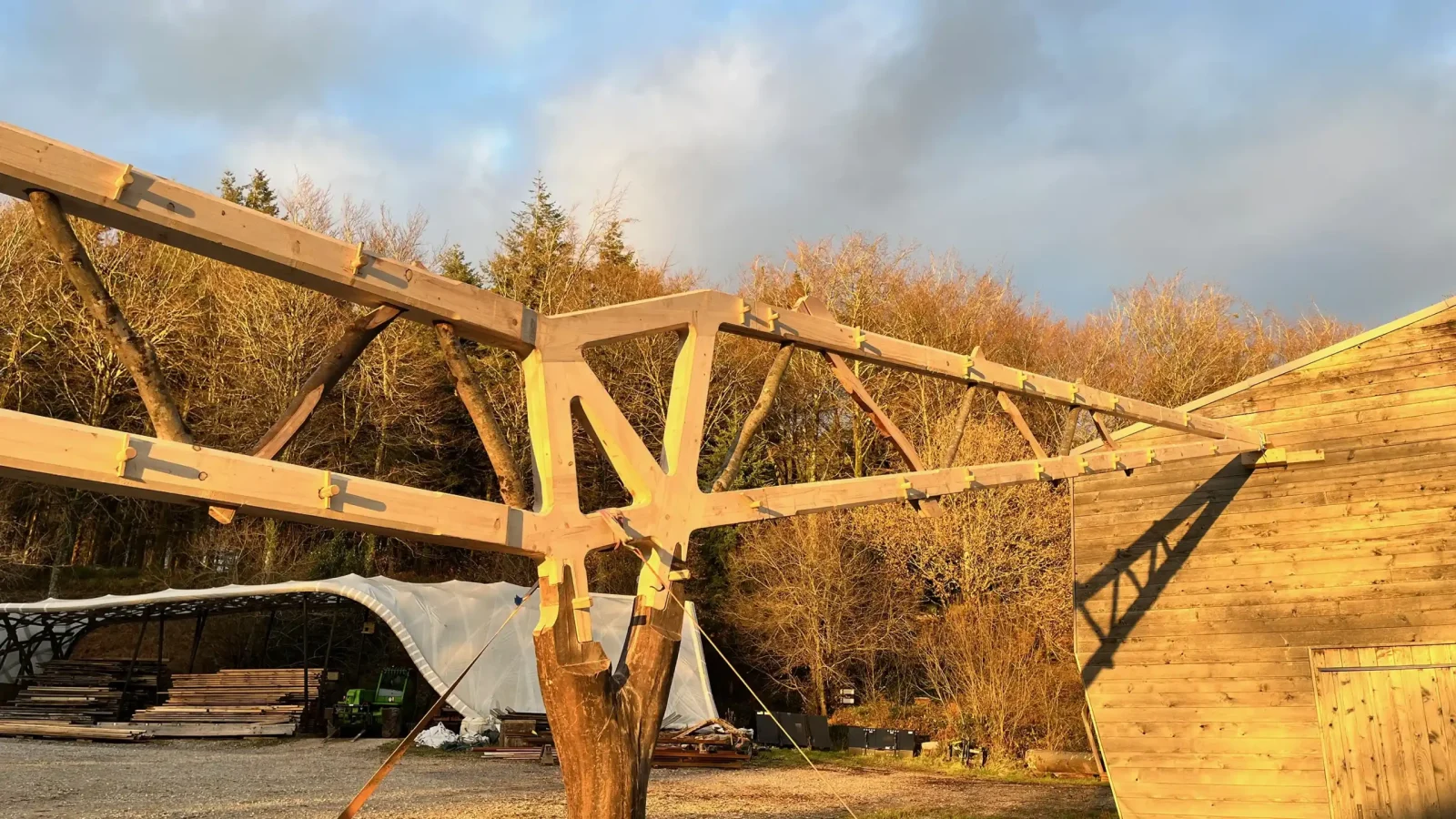
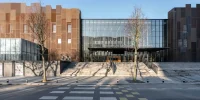
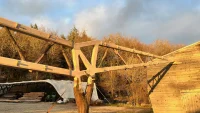




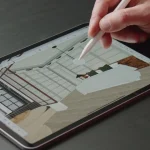
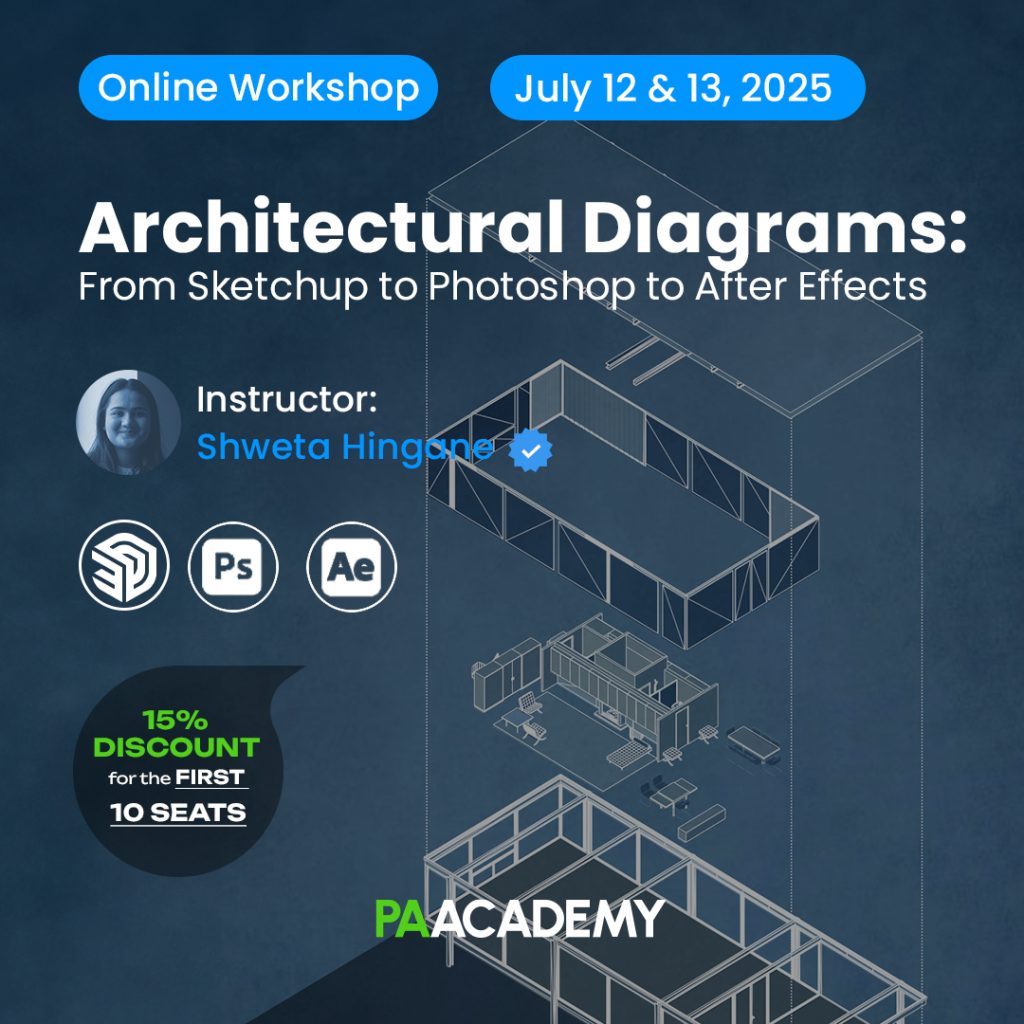








Leave a comment